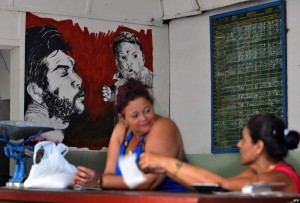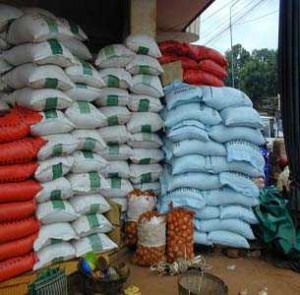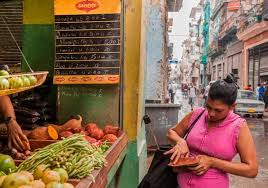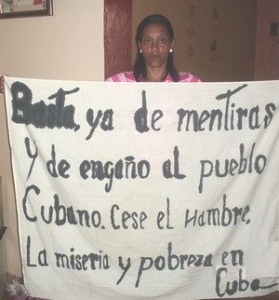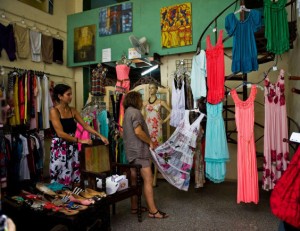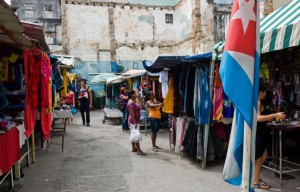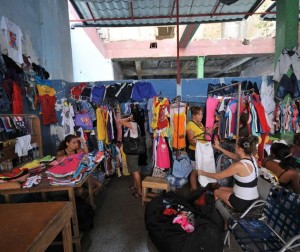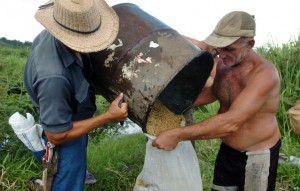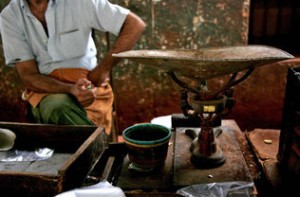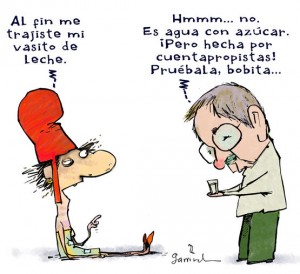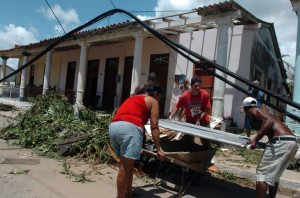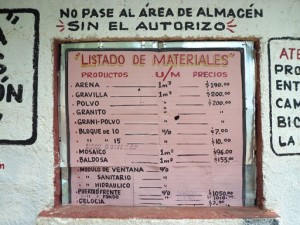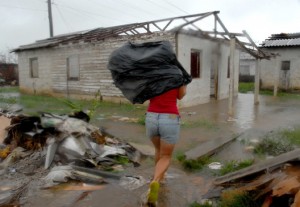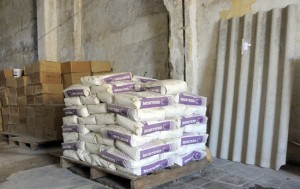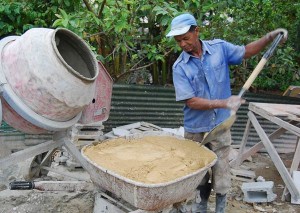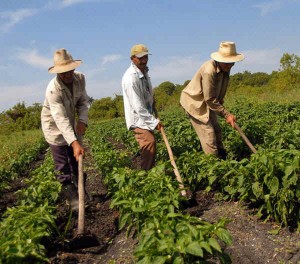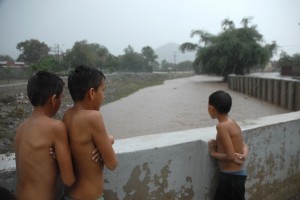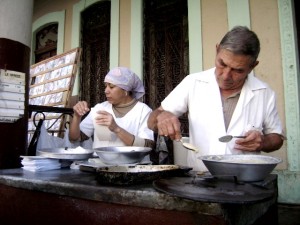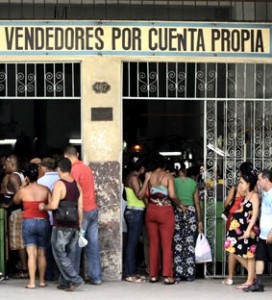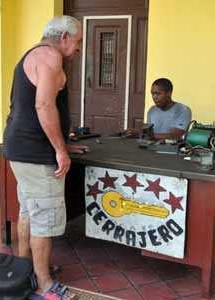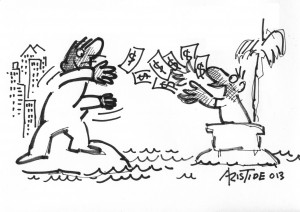
HAVANA, Cuba. — The manipulation by the official press has no limits. The report published in the Granma daily on March 17 by journalist Diana Ferreiro carries a grandiose headline: “White Scrubs for a Better World.”
In said article, it went so far as to say that the seventh delegation of Cuban doctors that left this week for Brazil “will lend international help.”
The concealment of what is really behind the presence of Cuban doctors in Brazil is grotesque. These doctors do not go “to lend international help.” They are simply health professionals hired by the Brazilian government in the “More Doctors” program through the Panamerican Health Organization (PHO).
After prior negotiation by the PHO, the Marketer of Cuban Medical Services S.A. will receive 4,300* dollars monthly for each of the 11,430 doctors who will work for a period of two years in the South American giant.
Ferreiro lies when she claims that of the 1,684 physicians of the seventh delegation, “a great part of them had finished their work in Venezuela and responded to the the new call.” Really what determined that they “step up” is that they know that, after March, they are going to earn 1,245* dollars a month in Brazil, and not the 3,000 Bolivares (the equivalent of 35 dollars monthly) that the Cuban government pays them on the Venezuelan “mission.”
The Cuban government keeps a third of the 4,200* dollars a month that the doctors who work now in Brazil receive as salary.
The official press has not said that the remaining 1,245* dollars will accrue entirely to the doctors. This was possible because of the pressure by the Brazilian authorities on the Cuban government which sees itself forced to put an end to the abusive and exploitative system of 1,000-dollar payments from which the doctors received 400 dollars a month and the remaining 600 dollars was deposited in an account which they could only access on return to Cuba after finishing their work in Brazil. The change became possible because of the notorious scandal caused by the desertion of Doctor Ramona Matos and other Cuban doctors; something that, of course, Diana Ferreiro does not mention in her article.
To that extent it can be said — although the Cuban people do not know it — that it was Brazil and not Cuba where for the first time a real increase was produced in the salaries of doctors who mostly earn 20 dollars a month on the island.
The Cuban government has seen a goldmine of hard currency income with the exportation of professional services.
The payment of the 11,430 physicians who will work in various Brazilian states, added to the 35 thousand that are in Venezuela, will mean an annual income of over 6 billion dollars.
With the 46,430 Cuban doctors in Venezuela and Brazil, the Cuban population will only have 32,192 professionals at their disposal located in 57 general hospitals, four maternal-infant hospitals, 468 poly-clinics and 11,486 Family Doctor clinics.
The Cuban health system, already plagued by deficiencies, with so few professionals that will remain in Cuba, without a doubt will worsen in the coming months.
Cubanet, March 20, 2014 / Osmar Laffita Rojas
ramsetgandhi@yahoo.com
*Translator’s note: The dollar amounts reported in this text do not perfectly track, but it has been translated faithfully from the original.
Translated by mlk.

